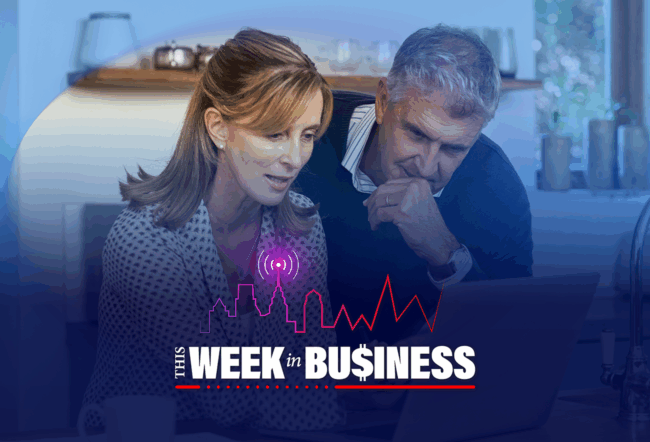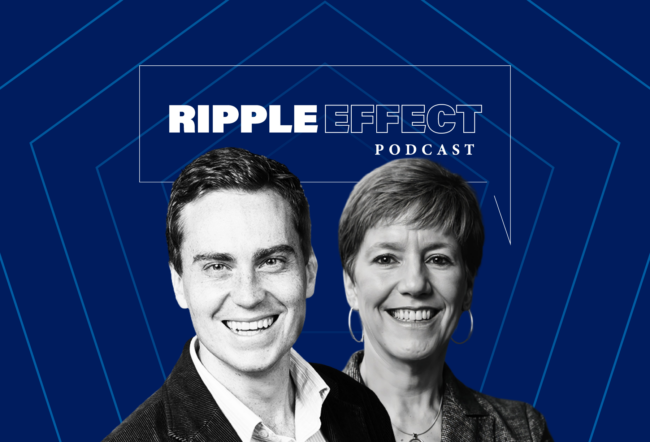There are some things you can only pay for with cash — or at least there used to be.
Forgot quarters for the parking meter? No worries — a growing number of cities now offer automated machines that take credit cards or applications allowing consumers to pay using their smartphones.
Need a couple of dollars for a highway or bridge toll? Not with an E-Z Pass or similar electronic collection system, which deducts money from your prepaid account the minute you pass through the gate. Even many street vendors now have credit card readers that attach to their smartphones or tablets.
Through these and other technological innovations, it seems that the reasons consumers once had to always carry around a few dollars are disappearing. In fact, many bankers, economists and random people trying to prove a point have shown that they could go cashless for days. But is the United States on the whole ready to become a cashless society?
Most observers seem to think that while the technology is in place for a life without actual currency, society has a long way to go before all payments are cashless. “It’s not out of the realm of possibility. It won’t happen tomorrow, but I do see the country moving in the direction of non-cash payments,” says Shawndra Hill, a Wharton operations and information management professor.
Privacy concerns over banks’ or retailers’ ability to obtain purchase or personal information is one of the main reasons that consumers are resistant to going cashless, Hill notes. “Many people … do not want to have every move documented,” she says. Ron Shevlin, a senior analyst the Boston-based Aite Group, adds that demographics are another reason cash will remain viable over the long term. “A good number of senior citizens are not giving up cash, and a huge portion of baby boomers are not giving it up either.”
Indeed, consumers of all ages are actually seeking out more cash than in past years. According to the most recent ATM volume data from the Federal Reserve, in 2009 consumers withdrew $629 billion from ATMs, up nearly 3% from 2006. The Federal Reserve also reports that credit card usage is on the decline: In 2011, consumers had $803.8 billion of “revolving credit,” mostly in the form of credit cards, down nearly 15% from 2007. But some of the statistics could be attributed to consumers trying to tighten their belts and cut back on debt as a result of the economic downturn.
While a completely cashless society may be far off, experts do foresee the use of currency decreasing in next few years. In fact, the use of cash is predicted to decline 3% a year until 2015, according to the 2010 Aite Group report, “The Less-Cash Society: Forecasting Cash Usage in the United States.”
The Consumer Conundrum
Convenience is arguably the biggest benefit to consumers when it comes to going cashless. No longer do they need to seek out a bank branch or ATM before going shopping. In fact, mobile payment applications have made it possible to complete a purchase without even having a credit card on hand. And paying with a card or smartphone comes with the convenience of having an electronic record of the transaction.
But consumers often pay the price for such advantages. For one, there is greater temptation to overspend with a credit card since all purchases are “buy now, pay later”. Additionally, stealing credit card or debit information is much simpler than taking cash from a person. “Your statement comes through every month, and you must examine it every month because you are always at risk of losing your credit card or someone getting your credit card number,” says Jack Guttentag, a Wharton professor emeritus of international banking
Going cashless has other, less immediately apparent financial liabilities. Nearly all pre-paid debit cards, for example, are embedded with activation and monthly maintenance fees. Even if you pay off your credit card every month to avoid finance charges, there is likely to be an annual fee, especially if you are part of a “points” promotion or some other bonus plan. Debit cards come with the danger of overdraft penalties. “Currency is free,” notes Jeremy Tobacman, a Wharton professor of business and public policy. “It’s a point that is easily forgotten, but it is not a trivial difference. In most forms of electronic transactions, there is some payment for the consumer.”
Banks and credit card companies have a vested interest in convincing consumers to convert to going cashless. In 2011, credit card issuers reported $154.9 billion of revenue, according to the credit card advisory firm R.K. Hammer. A separate study from the same firm said that in 2011, fee income surpassed interest income for all issuers of cards (including credit, debit and prepaid cards). Though down from previous years due to new federal regulations, overdraft fees totaled $31.6 billion in 2011, research firm Moeb Services reported.
For banks, less consumer dependence on dollars and coins means greater potential to collect fee income, the likelihood of fewer people visiting bricks and mortar bank branches and a diminished need for staff to handle more intensive cash-based transactions. “For financial institutions, these various payment innovations are a source of profit,” Guttentag says. “Cash is the least profitable [source of payment], and it’s a lot of hassle.”
An added benefit to banks and retail businesses receiving electronic payments is that priceless customer data comes with each transaction. Shevlin suggests that businesses that have a record of all their customers’ spending habits could then use it to their advantage. “Knowing how you spend your money helps marketers,” he notes.
How to Go Cashless
The idea of a cashless society goes far beyond the borders of the United States. In fact, many other countries are far ahead of the U.S. when it comes to mobile payment technologies and rejection of paper notes. The most notable of these is Sweden, with just 3% of its economy in notes and coins, according to the Bank of International Settlements. (Currency in circulation accounts for about 7% of the value of U.S. GDP.) Indeed, many businesses in Stockholm no longer accept paper notes, several churches have installed credit card swiping devices in lieu of passing the collection basket, and even some small towns are entirely cashless.
While access to the latest technology and a relatively small population have helped move Sweden to near cashless-ness, Hill says that it will take a bigger push to convince Americans to put away their dollar bills. “There would need to be taxes or some kind of incentive to make the cost of using cash more expensive,” she notes. Thus far, there have been no direct governmental changes to encourage consumers to use electronic payments, although the federally-mandated cap on interchange fees for debit card purchases, which went into effect late last year, might encourage businesses to promote this form of payment.
Prepaid cards are also a key component in the move to a cashless society, Hill adds. The cards are not typically linked to a bank account or detailed personal information, which may help them gain wider acceptance among those who list privacy concerns as a chief reason for paying with cash. Indeed, prepaid cards, which were originally introduced as a way to reach low-income consumers, are taking root across all demographics. In 2011, $57 billion was loaded onto prepaid cards, and that number is expected to grow substantially to $167 billion in 2014, according to a study from Mercator Advisory Group. “[Prepaid cards are] no longer a product of the disadvantaged and low income consumers,” Shevlin notes. “It’s a mainstream financial product now.”
Where’s the Cash?
In the meantime, the U.S. Mint will continue to print dollars and stamp coins, and Americans will use them for all types of payments. For example, one of the largest arenas for cash, which has few official numbers to report, is the black market and drug trade, where both parties involved do not want any record of transactions. “I think the more interesting point is where currency is being used now,” says Guttentag. “The drug industry is one of the major users of currency.”
Guttentag adds that much of the U.S. currency in circulation is also being shipped out to other countries like Zimbabwe, which switched to the U.S. dollar when inflation caused the local currency to collapse. The U.S. Treasury reported $1.03 trillion in circulation in 2011, up 9.8% from the previous year, but estimates that about half of this amount is held outside the country. The total currency printed in 2011 was $165 billion, 22% less than the previous year.
When it comes to dollars used by the average American (who is not typically involved in illegal activity or international finance), person-to-person payments are the largest transaction segment where cash persists. Fifty-three percent of all person-to-person payments are in cash (with another 27% in checks), according to Aite’s “The Less-Cash Society” report. As Shevlin points out, “How else are you going to pay the kid to cut your grass?”



